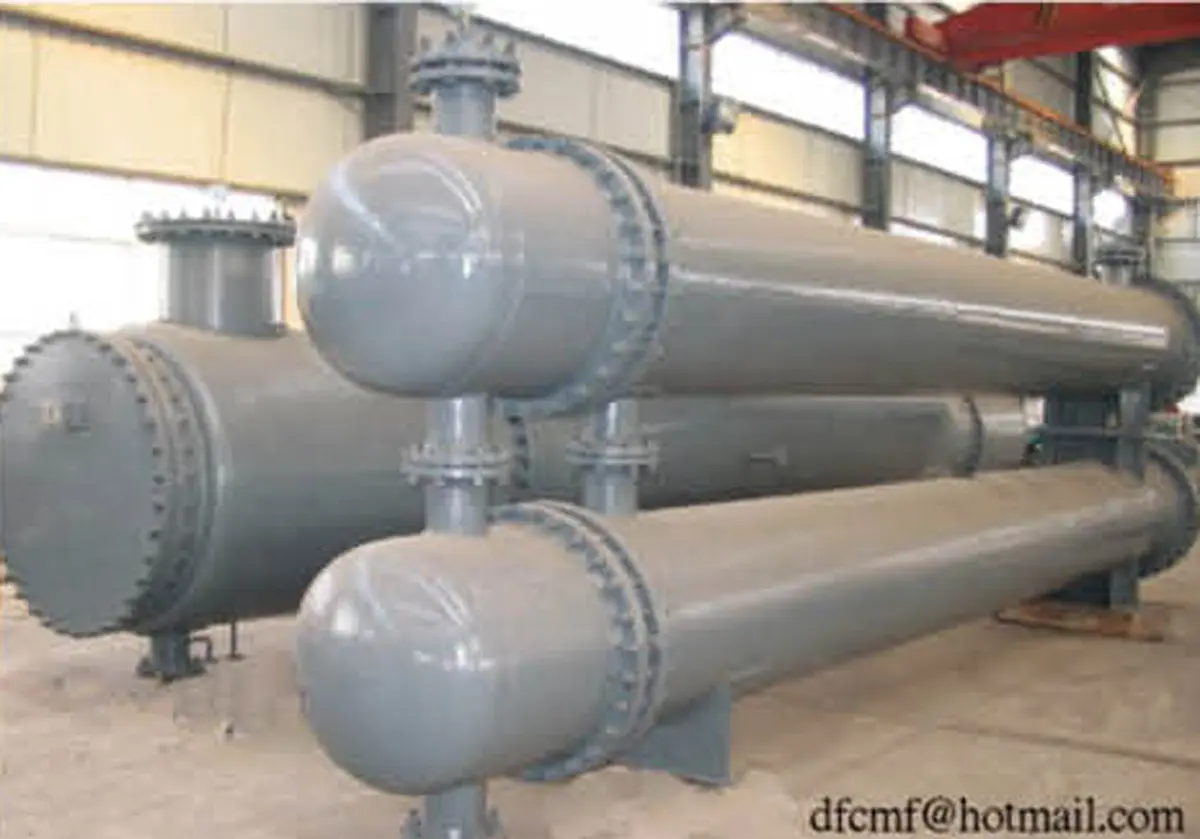Identifying the Causes of Internal Leakage in Tubular Heat Exchangers
Causes of Internal Leakage in Tubular Heat Exchangers:
1. Corrosion, perforation, or breakage of heat exchange tubes.
2. Leakage due to corrosion and thinning of the nozzle.
3. Looseness in the expansion joint between heat exchange tubes and tube sheet.
4. Cracks, blowholes, or corrosion perforations at the welding place between tubes and tube sheet.
5. Loose or broken bolts in the small floating head.
6. Damage to the small floating head gasket.
7. Damage to the seal of the small floating head or floating tube sheet.
Blocked Pipes Requirement in Tubular Heat Exchanger Overhaul:
Allow corroded perforation of individual tubes to be plugged with a machined metal plunger of 3° to 5°. Generally, the number of blocked pipes in the same pipeline does not exceed 10% of the main pipes, but it may be increased as per technical requirements.
Orientation of Tube-Type Heat Exchangers:
Orientation depends on:
1. Production process requirements, such as the need for a certain liquid level height in reboilers.
2. Scale of the unit; vertical exchangers save space for large-scale units.
3. Pressure drop considerations; vertical exchangers reduce pressure drop in medium transportation.

1. Corrosion, perforation, or breakage of heat exchange tubes.
2. Leakage due to corrosion and thinning of the nozzle.
3. Looseness in the expansion joint between heat exchange tubes and tube sheet.
4. Cracks, blowholes, or corrosion perforations at the welding place between tubes and tube sheet.
5. Loose or broken bolts in the small floating head.
6. Damage to the small floating head gasket.
7. Damage to the seal of the small floating head or floating tube sheet.
Blocked Pipes Requirement in Tubular Heat Exchanger Overhaul:
Allow corroded perforation of individual tubes to be plugged with a machined metal plunger of 3° to 5°. Generally, the number of blocked pipes in the same pipeline does not exceed 10% of the main pipes, but it may be increased as per technical requirements.
Orientation of Tube-Type Heat Exchangers:
Orientation depends on:
1. Production process requirements, such as the need for a certain liquid level height in reboilers.
2. Scale of the unit; vertical exchangers save space for large-scale units.
3. Pressure drop considerations; vertical exchangers reduce pressure drop in medium transportation.


